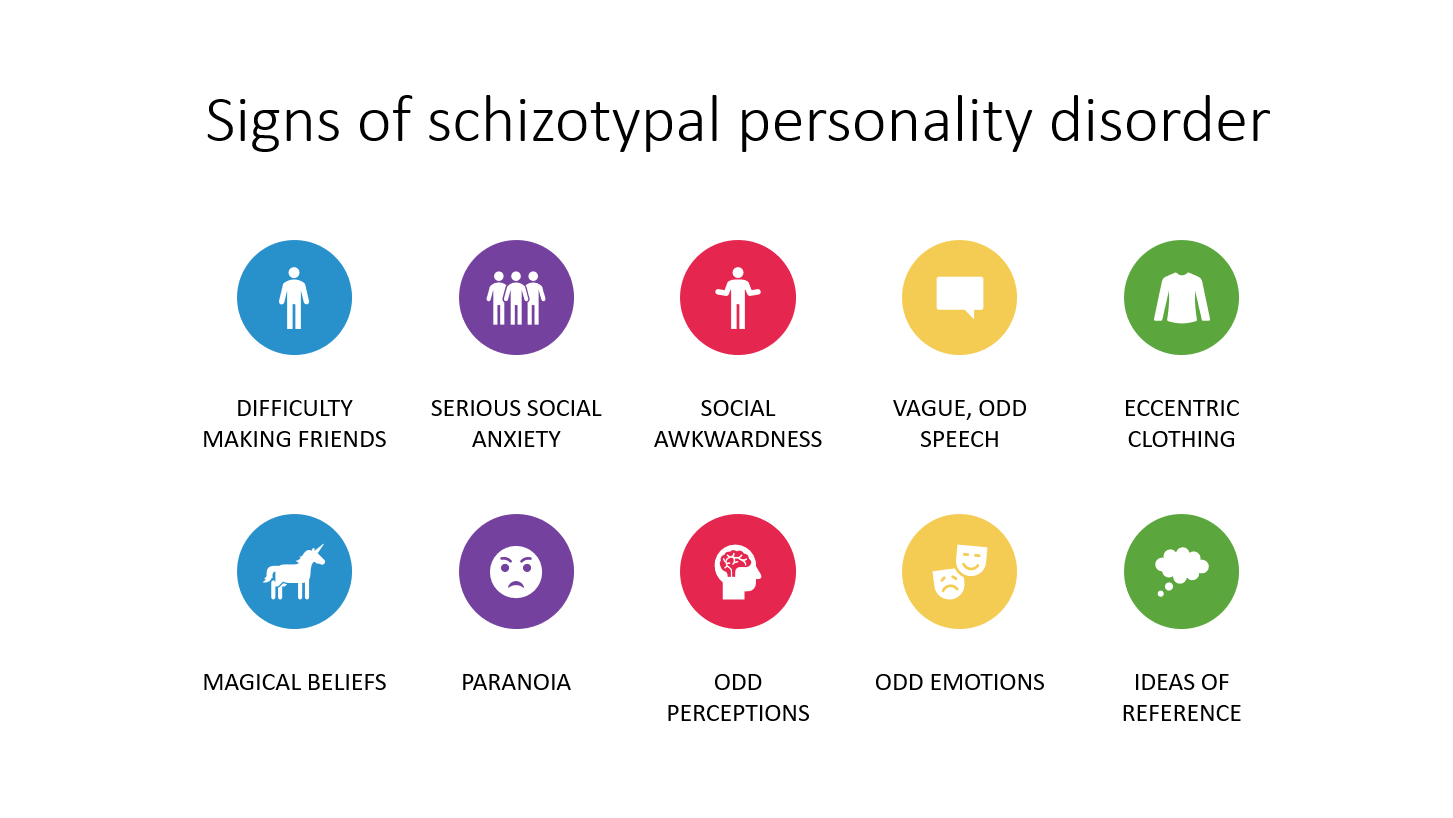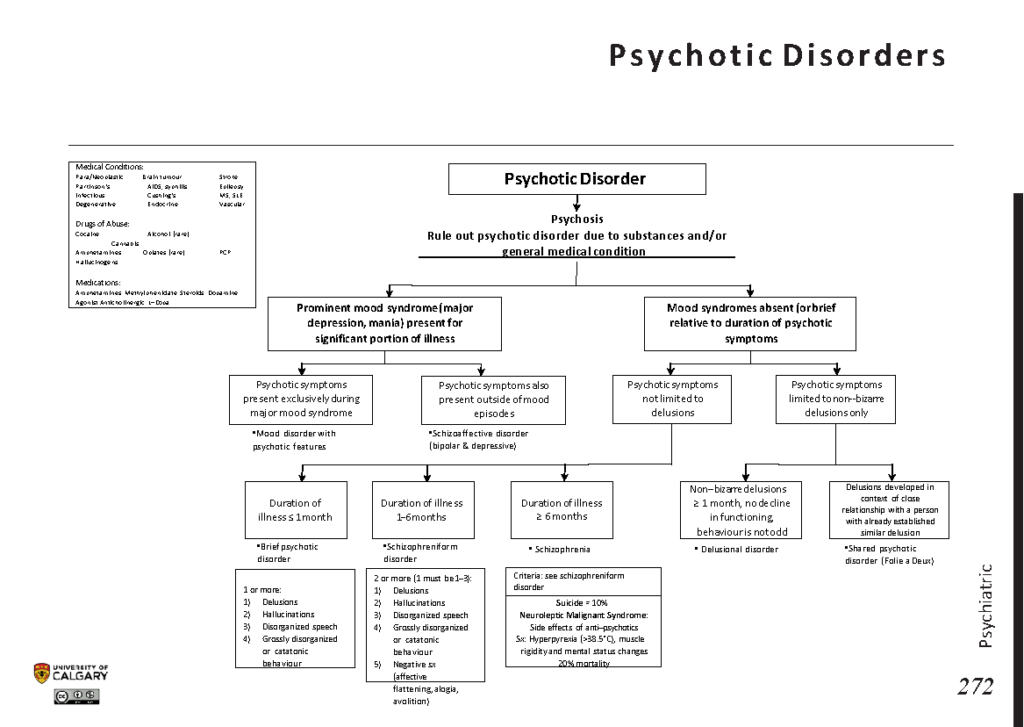Psychotic Disorders, often abbreviated as PDs, are a group of severe mental health conditions that affect how a person perceives reality. These disorders can cause individuals to lose touch with the world around them, leading to significant disruptions in their daily lives. Understanding these conditions is crucial for early detection, effective management, and improving the quality of life for those affected. In this article, we will explore the various types of psychotic disorders, their symptoms, and the available treatments.

What Are Psychotic Disorders?
Psychotic disorders are mental illnesses characterized by abnormal thinking and perceptions. People with these disorders often experience hallucinations and delusions, which distort their sense of reality. Hallucinations involve seeing, hearing, or feeling things that are not there, while delusions are false beliefs that persist despite clear evidence to the contrary. These symptoms can make it difficult for individuals to function in everyday life, maintain relationships, or hold down jobs.
Common Types of Psychotic Disorders
There are several types of psychotic disorders, each with its own unique characteristics. Below are some of the most common ones:
Schizophrenia
Schizophrenia is one of the most well-known psychotic disorders. It typically begins in late adolescence or early adulthood and affects how a person thinks, feels, and behaves. People with schizophrenia may experience hallucinations, delusions, disorganized speech, and impaired cognitive functioning. The exact cause of schizophrenia is unknown, but researchers believe it involves a combination of genetic, environmental, and neurobiological factors.
Bipolar Disorder
Bipolar disorder, formerly known as manic depression, is a condition that causes extreme mood swings, including emotional highs (mania or hypomania) and lows (depression). During manic episodes, individuals may experience psychosis, such as delusions of grandeur or hallucinations. These psychotic symptoms can also occur during depressive episodes, making bipolar disorder a complex condition to manage.
Major Depressive Disorder with Psychotic Features
This type of depression is more severe than typical major depressive disorder because it includes psychotic symptoms. Individuals may have delusions or hallucinations related to their feelings of worthlessness or guilt. For example, they might believe they are responsible for catastrophic events or hear voices criticizing them. This combination of depression and psychosis can be particularly debilitating.
Schizoaffective Disorder
Schizoaffective disorder is a hybrid condition that combines symptoms of schizophrenia and mood disorders like depression or bipolar disorder. People with this disorder experience both psychotic symptoms, such as hallucinations and delusions, and mood disturbances, such as mania or depression. The interplay between these symptoms can make diagnosis and treatment challenging.
Delusional Disorder
In delusional disorder, individuals have one or more persistent false beliefs that last for at least one month. Unlike schizophrenia, people with delusional disorder do not usually experience hallucinations or severe mood disturbances. Their delusions are often non-bizarre, meaning they could theoretically happen in real life, such as being followed or poisoned. Despite their conviction, these beliefs are not based on reality.
Brief Psychotic Disorder
Brief psychotic disorder involves sudden onset of psychotic symptoms that last for less than one month. This condition often occurs in response to a stressful event, such as the death of a loved one or a natural disaster. Once the stressor passes, the symptoms typically resolve, although some individuals may require short-term treatment to manage their symptoms effectively.
Symptoms of Psychotic Disorders
The symptoms of psychotic disorders can vary depending on the specific condition and the individual. However, there are some common signs to look out for:
- Hallucinations: Seeing, hearing, or feeling things that are not present in reality.
- Delusions: Holding false beliefs despite contradictory evidence.
- Disorganized Thinking: Difficulty organizing thoughts or connecting them logically.
- Abnormal Motor Behavior: Unusual movements, such as excessive agitation or catatonia.
- Negative Symptoms: Reduced ability to function normally, such as lack of emotion, social withdrawal, or reduced speech.
These symptoms can significantly impair an individual’s ability to interact with others, perform daily tasks, or maintain employment. Early recognition of these signs is essential for timely intervention and treatment.
Treatments for Psychotic Disorders
Treatment for psychotic disorders typically involves a combination of medication, therapy, and support services. The goal is to reduce symptoms, improve functioning, and enhance overall quality of life. Below are some of the most common treatment approaches:
Medications
Antipsychotic medications are the cornerstone of treatment for most psychotic disorders. These drugs help regulate dopamine and other neurotransmitters in the brain, which can reduce hallucinations, delusions, and other psychotic symptoms. There are two main types of antipsychotics:
- First-Generation Antipsychotics: Also known as typical antipsychotics, these were developed in the 1950s. While effective, they often cause side effects like tremors and muscle stiffness.
- Second-Generation Antipsychotics: Also called atypical antipsychotics, these medications were introduced later and tend to have fewer side effects. They are often preferred for long-term use.
It is important for individuals to work closely with their healthcare providers to find the right medication and dosage, as responses can vary widely.
Psychotherapy
Therapy plays a crucial role in managing psychotic disorders. Cognitive-behavioral therapy, in particular, has been shown to help individuals challenge and change distorted thought patterns. Family therapy can also be beneficial, as it educates loved ones about the condition and teaches them how to provide support. Other forms of therapy, such as supportive therapy and social skills training, can help individuals improve their communication and coping strategies.
Rehabilitation and Support Services
Many individuals with psychotic disorders benefit from rehabilitation programs that focus on restoring their ability to live independently. These programs may include vocational training, housing assistance, and social skills development. Peer support groups are another valuable resource, offering a safe space for individuals to share their experiences and learn from others facing similar challenges.
Hospitalization
In severe cases, hospitalization may be necessary to stabilize an individual’s condition. This is especially true if the person poses a risk to themselves or others due to their symptoms. Hospitalization provides a structured environment where medical professionals can monitor and adjust treatment plans as needed.
Lifestyle Changes
Making certain lifestyle changes can also support recovery. Regular exercise, a balanced diet, and adequate sleep can improve overall mental health. Avoiding alcohol and recreational drugs is particularly important, as these substances can worsen symptoms and interfere with medications. Additionally, stress management techniques like mindfulness and meditation can help individuals cope with the challenges of living with a psychotic disorder.
Challenges in Managing Psychotic Disorders
While treatments are available, managing psychotic disorders can be challenging for several reasons:
- Stigma: Many people with psychotic disorders face stigma and discrimination, which can prevent them from seeking help.
- Non-Compliance: Some individuals may stop taking their medications due to side effects or a lack of insight into their condition.
- Co-Occurring Conditions: Psychotic disorders often coexist with other mental health issues, such as anxiety or substance abuse, complicating treatment.
- Relapse: Even with treatment, relapses can occur, requiring ongoing monitoring and adjustments to the care plan.
Addressing these challenges requires a comprehensive and compassionate approach that involves not only healthcare providers but also family members, friends, and the broader community.
Emerging Research and Future Directions
Researchers continue to study psychotic disorders to better understand their causes and develop more effective treatments. Advances in neuroscience, genetics, and technology are paving the way for innovative therapies, such as personalized medicine and virtual reality-based interventions. Early intervention programs are also gaining traction, aiming to identify and treat symptoms before they become severe.
Furthermore, efforts to reduce stigma and increase awareness are critical for encouraging individuals to seek help. Public education campaigns and advocacy initiatives can play a vital role in changing societal attitudes toward psychotic disorders.





